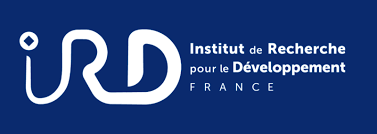CARDAPIO Research
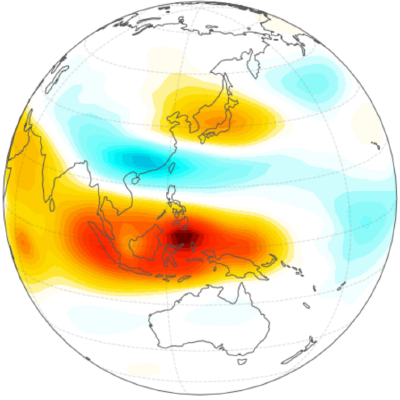
CARDAPIO: in short
Continental rainfall in the tropics is of central importance to a large fraction of the world’s population,...
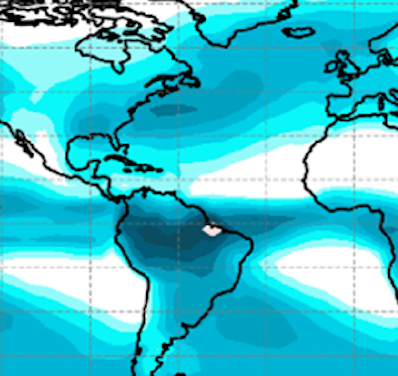
Focus 1: DREAM seasonal forecasts for Nordeste rainfall
A simple GCM known as DREAM has been used as a tropical seasonal forecast model in a range of studies carried...
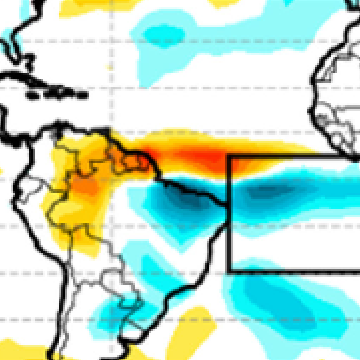
Focus 2: Effect of Canonical Sea Surface Temperature Patterns on Nordeste Rainfall
The DREAM simple GCM was used in this study to investigate the typical response of February to April (FMA)...
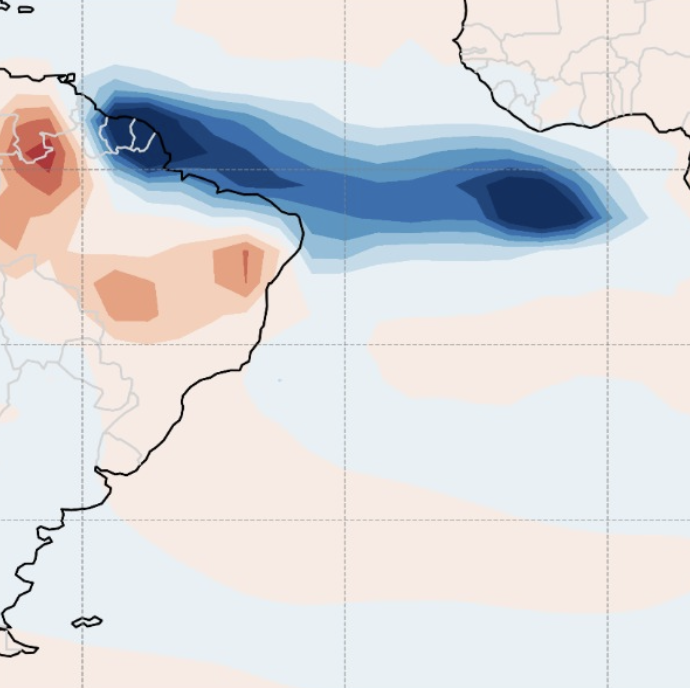
Focus 3: Drivers and Consequences of the abnormally warm Atlantic in 2023-24
The surface of the tropical Atlantic was warm at the beginning of 2024, both north and south of the equator,...
